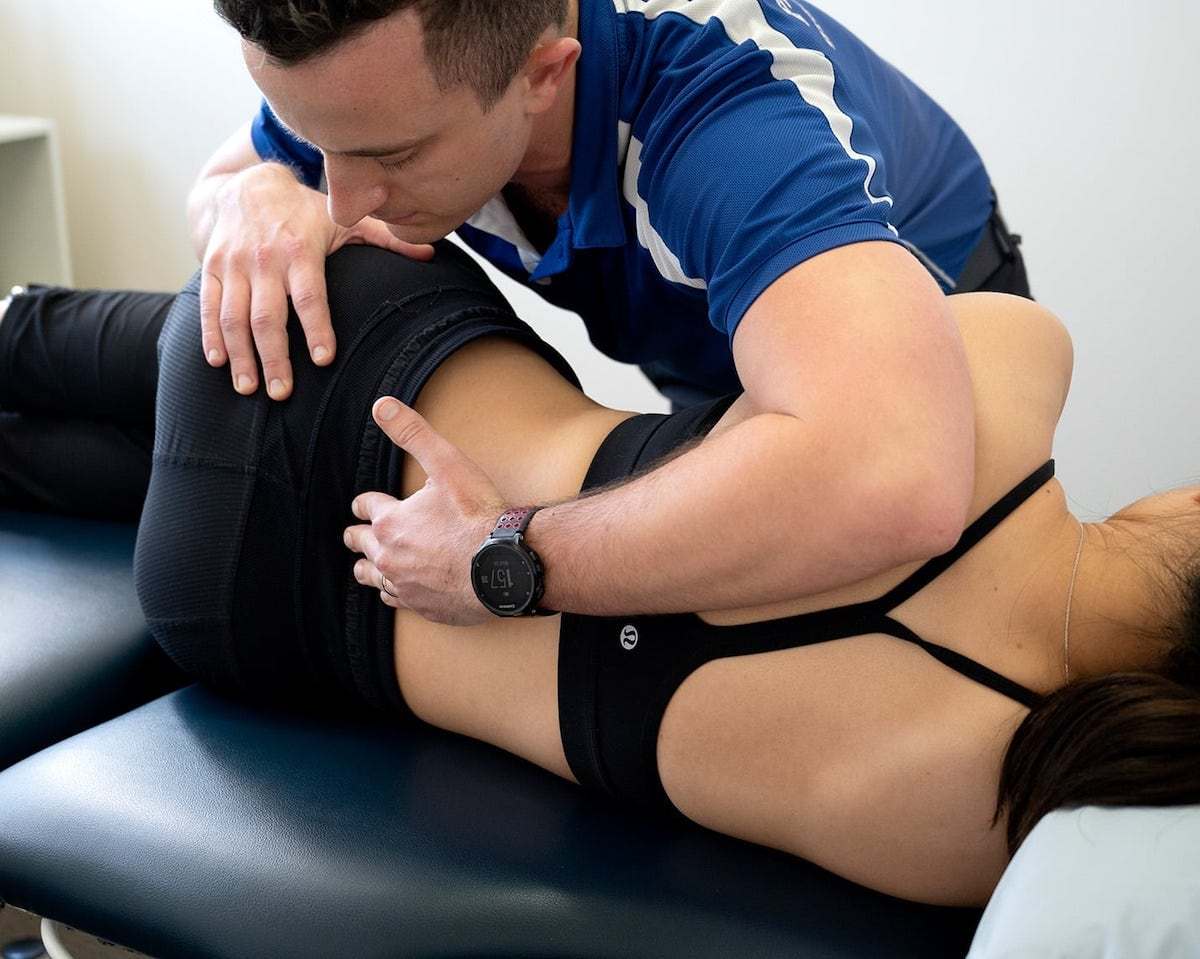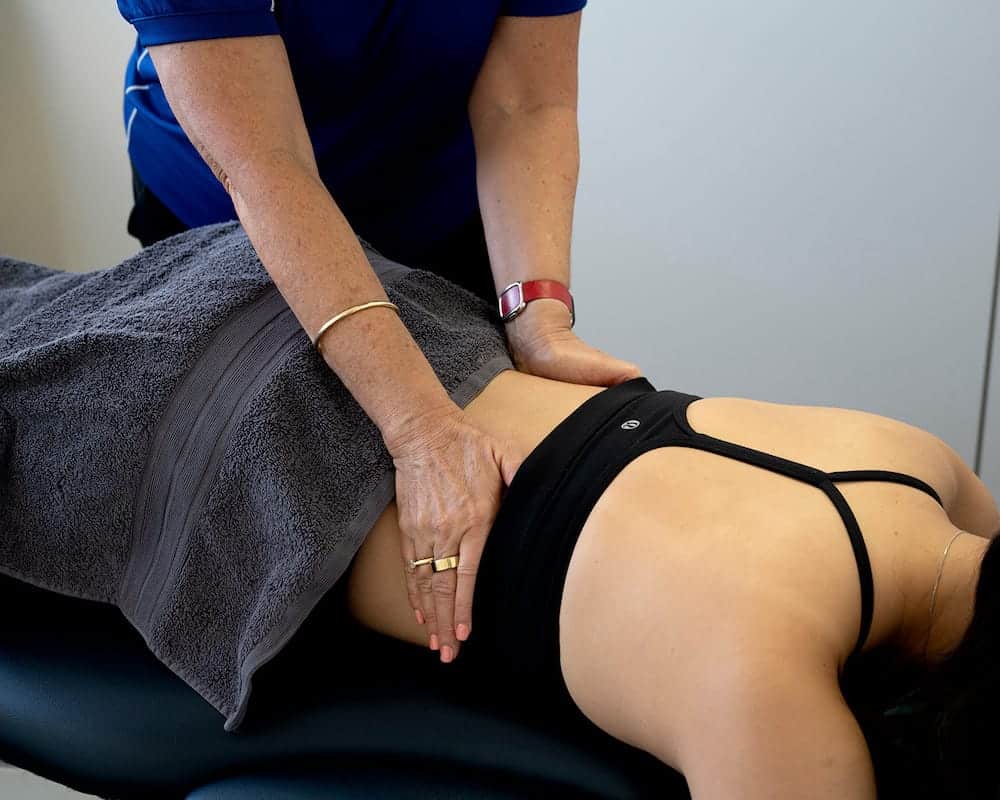Sciatica Pain Treatment Brisbane
Physio For Sciatica Pain
Sciatica Pain Relief
Long Lasting
No Surgery or Medicines
Acute and Chronic Pain
Effective Sciatica Therapies
Benefits of Physiotherapy for Sciatica
Proven and Effective: Physiotherapy is a common and effective treatment for sciatica, with proven techniques that alleviate pain, improve mobility, and speed up recovery.
Non-Surgical and Safe: No surgery is required, making it a safe option for those who want to avoid the risks and recovery time associated with surgery.
Non-Medical: Medicine-free approach which is beneficial for people who want to avoid the side effects and dependency risks associated with long-term medication use
Long-Term Relief: Physiotherapy addresses the underlying causes of sciatica by targeting and strengthening the body’s surrounding muscles and improving movement, which helps prevent the pain from coming back
Sciatica Explained
Sciatica is a painful condition that affects the sciatic nerve – the largest nerve in the human body. The sciatic nerve runs from the lower back through the buttocks and down the back of each leg. Sciatica pain occurs when this nerve becomes compressed, inflamed or irritated in some way.
Most people with sciatica experience a burning, shooting or electric-shock type of pain along one side of the body, travelling from the lower back through the buttock, thigh, calf and foot.
While this pain can be relieved and treated, you’ll also need to identify the cause.
To book sciatica treatment or an initial consultation, call our Brisbane-based clinic on (07) 3278 1186 or book online.
If you are experiencing pain or tingling sensations in your lower back, hips, thighs or legs, you may have sciatica.


Lumbar disc herniation
Extrusion of a spinal disc in the lower back compressing the nerve root; also referred to as pinched nerve, slipped disc, bulging disc or protruding disc.
Degenerative disc disease
The discs in the lower back undergo the most motion and are susceptible to wear and tear over time. Excess motion can irritate the sciatic nerve roots.
Spinal stenosis
When the spinal canal narrows, nerve roots may become pinched. This can, at times, be the result of a bone spur.
Lumbar subluxation
An altered position of the vertebra in the lower back may result in the functional loss and nerve irritation.
Other causes
Spinal tumour, infections in or around the lumbar spine, pregnancy, nerve irritation from an adjacent bone or muscle, internal bleeding and injury.
Is physio good for sciatica?
Yes, physio can be a great method to relieve sciatica pain, as it can help relieve the pressure on the sciatic nerve. Ongoing physio can also offer longer periods of relief.
How long will sciatica take to heal?
This can depend on the type of sciatica you experience, and the severity of it. An acute episode can last for a week or two, and it is normal to experience some numbness in the area after the pain goes. Chronic sciatica, however, will require more long-term management.
How do I find sciatica treatment near me that works?
We are conveniently located in Brisbane's western suburbs, only 10 km from the CBD. Patients come from all over for lower back pain physiotherapy treatment. We don't guarantee we can fix everyone, but our treatments are safe, non-invasive, and have a long history of success, so the chances we can help are very high.

